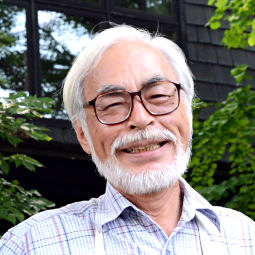Part 1 of this series can be found here)
The second map Rob Antonishen designed for me was, obviously, based on the first. With the first map of Reshka, after the initial mark up, Rob worked from the coastlines in. The 1.5 and 2.0 maps took the existing coastlines and changed them … drastically. I compared the exercise to playing SimCity; first you create and then you take an almost gleeful joy in the destruction before rebuilding from the ashes.
He presented me with marked up versions that showed how the coastlines might change, how the many islands would be affected and how the planet itself would change; gaining a second moon and rings of debris from worlds destroyed during the moment violent solar activity the star system has ever seen. Red pen ripped my world to shreds and then came the rebuilding process.
This is where I was glad of someone who knew what they were doing. I didn’t even take geography at GCSE and so had no idea how an existing coast would change over time, as ice caps melted and rivers became inland seas. Rob, however, did. He amended the existing coastline, raising the sea level, swallowing much of the coast and land suddenly became a precious commodity. The salt flats were submerged, a great crater lake split the largest river in twain and over various drafts a new world appeared, a new blank canvas based on the first one with new villages and towns, new cities and old ones restored.
The final map – Reshka 2.0 – showed the world of Coronis as it will be. There are shuttle ports and strange new landmarks whose stories have not yet been written. This is a short post simply because pictures do so much more than words ever could. Needless to say the final maps will allow me to complete books 2 and 3 in the trilogy but also have something accurate and strangely beautiful to add to the books when they are published.
Additional information about this series and Lesley’s world-building can be found on her website.



















Very interesting. What would add even more value for writers is to give some indication of how much all this cost. You may not want to give away your cartographer’s rates, but I’d be very interested in some feeling for the cost of: a) the inital maps (post 1), which were ‘straightforward’, and b) the new maps (post 2), which seem to have involved a lot more technical expertise and planning on the part of the artist.